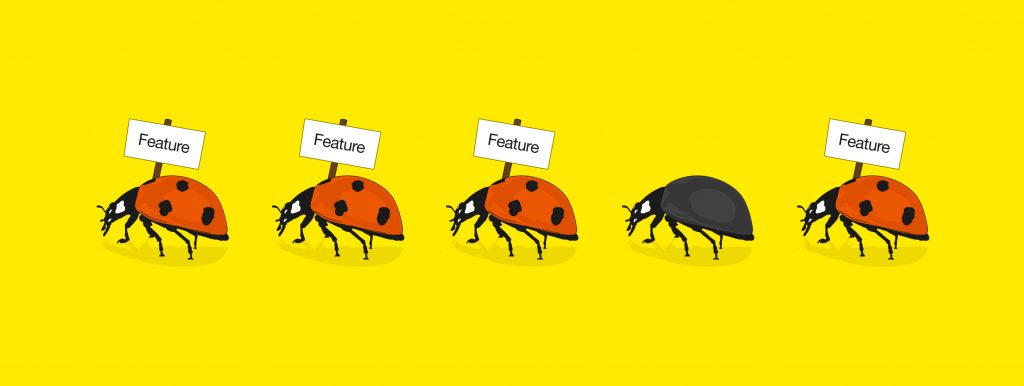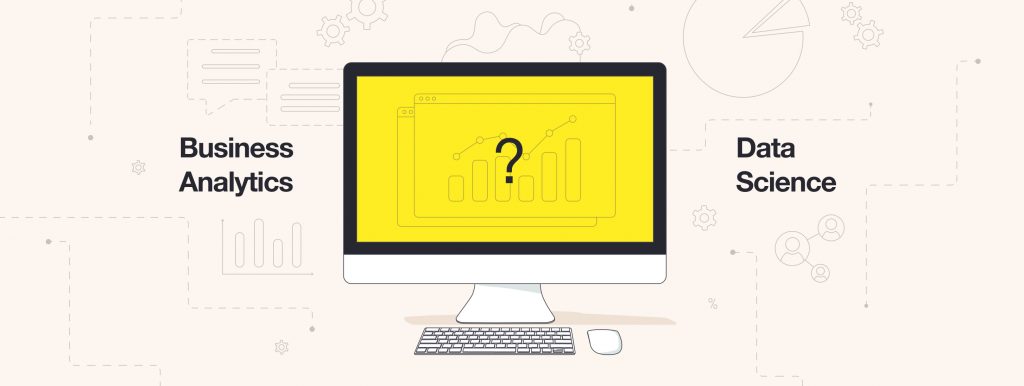Choosing the right estimation technique is essential for any business developing software project. Traditionally software teams estimate the project scope in days, weeks, or months. However, many Agile teams have transitioned to story points estimation: a metric used in Agile project development to evaluate the difficulty level of user story implementation. A user story includes all activities required to complete for making a specific goal achievable for your end-users.
Story point estimation requires the evaluation of which three criteria
The score of story points in Agile is usually based on factors that influence the overall effort required to implement a software product backlog:
- the amount of work to do;
- the work complexity;
- risks or uncertainties in work performance.
The guideline for applying story points is to estimate not in terms of hours but in terms of abstracts units. Teams can use different sizing techniques: Power of two (1, 2, 4, 8…), Fibonacci sequence (1, 2, 3, 5, 8, 13…), T-Shirt Sizing (XXS, XS, S, M…), Physical Relationships (Dog names, Cat names), and others. The higher score, the more complex and longer implementation will be.
What benefits can story points evaluation bring to project development?
- Accuracy
Story points evaluation is usually more accurate. The size of story points does not depend on changing conditions and makes the project delivery process understandable for all stakeholders. In addition to it, the traditional estimation in dates usually doesn’t consider communication issues like emails, meetings, or interviews. These factors help teams more accurately predict release dates. - Productivity
When your estimation is based on hours, your team often prioritizes deadlines over task implementation goals. Story points are about the user story’s difficulty, not time spent. Such an approach makes team members focused on finding the most efficient solution and increasing product quality. - Flexibility
Considering several parameters in the evaluation of story points makes it more balanced and objective. This way, it is possible to successfully evaluate tasks requiring the study of new technologies or analysis of the unfamiliar field. Moreover, it often happens that one person estimates a project, but other people complete the tasks. Story Points are independent: it won’t be necessary to re-estimate all tasks in case of changing team members. - Responsiveness
Since Agile teams aspire to make each other interchangeable specialists, the score of a story point usually has nothing in common with the skills and seniority level of a person responsible for a task. Team members evaluate tasks jointly and sort them according to the efforts that have to be spent: from the smallest to the biggest. The final task rating has to agree with all team members. It means that whoever is involved in the development of a task, a customer can rest assured that a user story implementation will require the same effort.
Story points and traditional time estimation
Despite all the advantages, we would recommend using a combination of story points and traditional time estimation for the best accuracy and predictability. However, you should avoid translating them to one another: use story points and task hours for different purposes at different times to better execute the sprint and the release. We also would recommend you to opt for time evaluation during sprint planning to successfully complete a user story.
The story points evaluation approach is a perfect solution for dynamic software development that makes IT teams focused on primary business goals and end-users’ needs. Exposit engineers successfully deliver complex software solutions using different Agile frameworks and approaches. Contact us to discuss your business ideas and transform them into outstanding software solutions based on value, not just features set.






